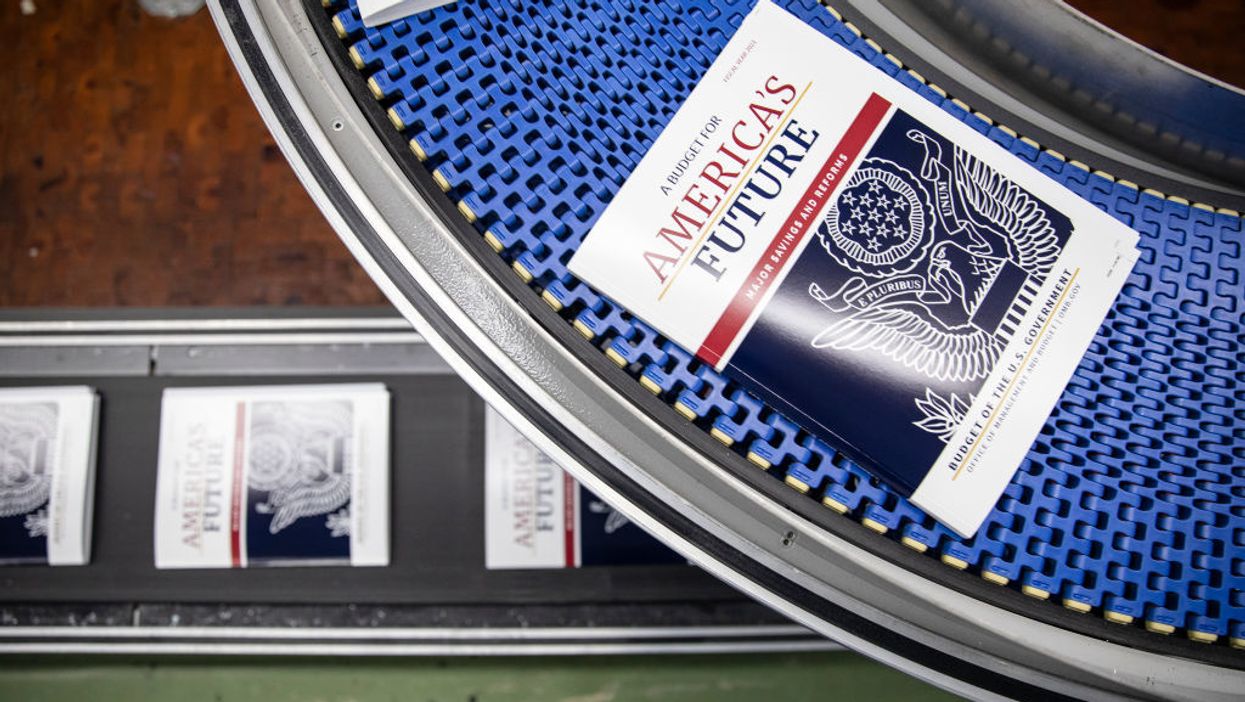The news about the Election Assistance Commission in President Trump's new budget isn't so bad after all.
On first blush, it appeared the EAC was not going to get any help in trying to rebuild itself from a series of budget cutbacks and staff turnover. After all, the bottom line in the budget proposal released last week was a proposed cut of $2.1 million, or 14 percent, from this year's $15.2 million in spending.
But, the agency points out, if you look at the fine print, the operating budget being proposed is actually slightly higher than the current year's operating budget.
All of this is important because, while tiny compared to most other parts of the government, the EAC's job is huge: It is the lead federal agency overseeing the process and security of all the elections for the president and Congress, which are actually conducted by the states and several thousand of counties and municipalities. The job has become even more critical with the 2016 hacking attempts by Russian operatives and predictions of even more sophisticated and extensive election security challenges this time.
Here is how the math works: The $15.2 million budget for the current year includes $2.4 million for relocating the EAC offices, which are now in the Washington suburb of Silver Spring, Md. In addition, another $1.5 million must be transferred to the National Institute of Standards and Technology for the work it's doing on setting voluntary new guidelines for voting machines.
The budget proposal for next year assumes another transfer to NIST but not any special real estate costs, leaving $11.6 million to operate the agency — which would represent a slightly-better-than-inflationary boost of 2.6 percent above the current operating budget.
The detailed budget calls for spending $5.2 million for salaries and benefits, an 11 percent increase, which would allow the creation of two new positions for a total staff of 32. Other expenses, including travel, would be cut by 3 percent to $7.9 million.
Of course, Congress will have the final say on all aspects of the federal budget, including that of the EAC. The House Appropriations Committee will begin reviewing Trump's proposal early next month.





















